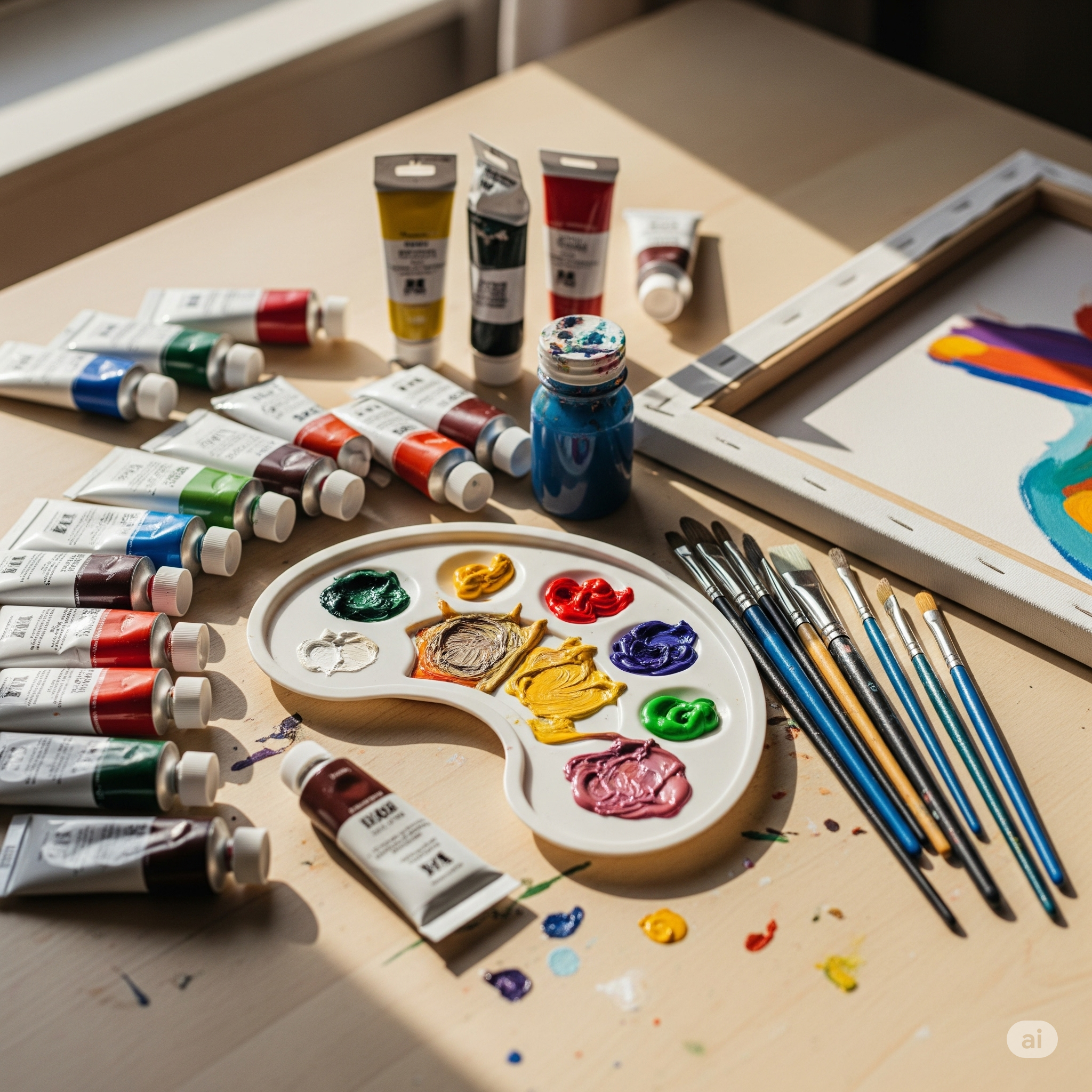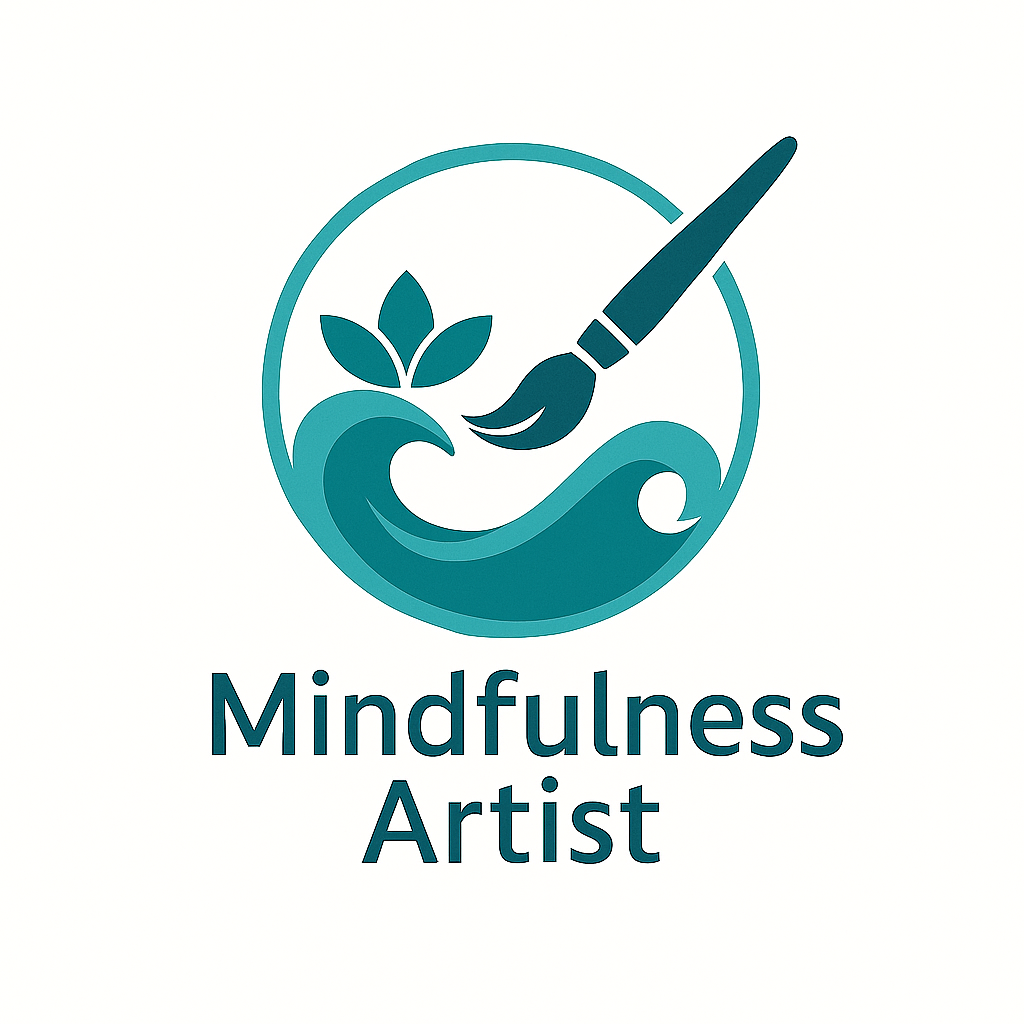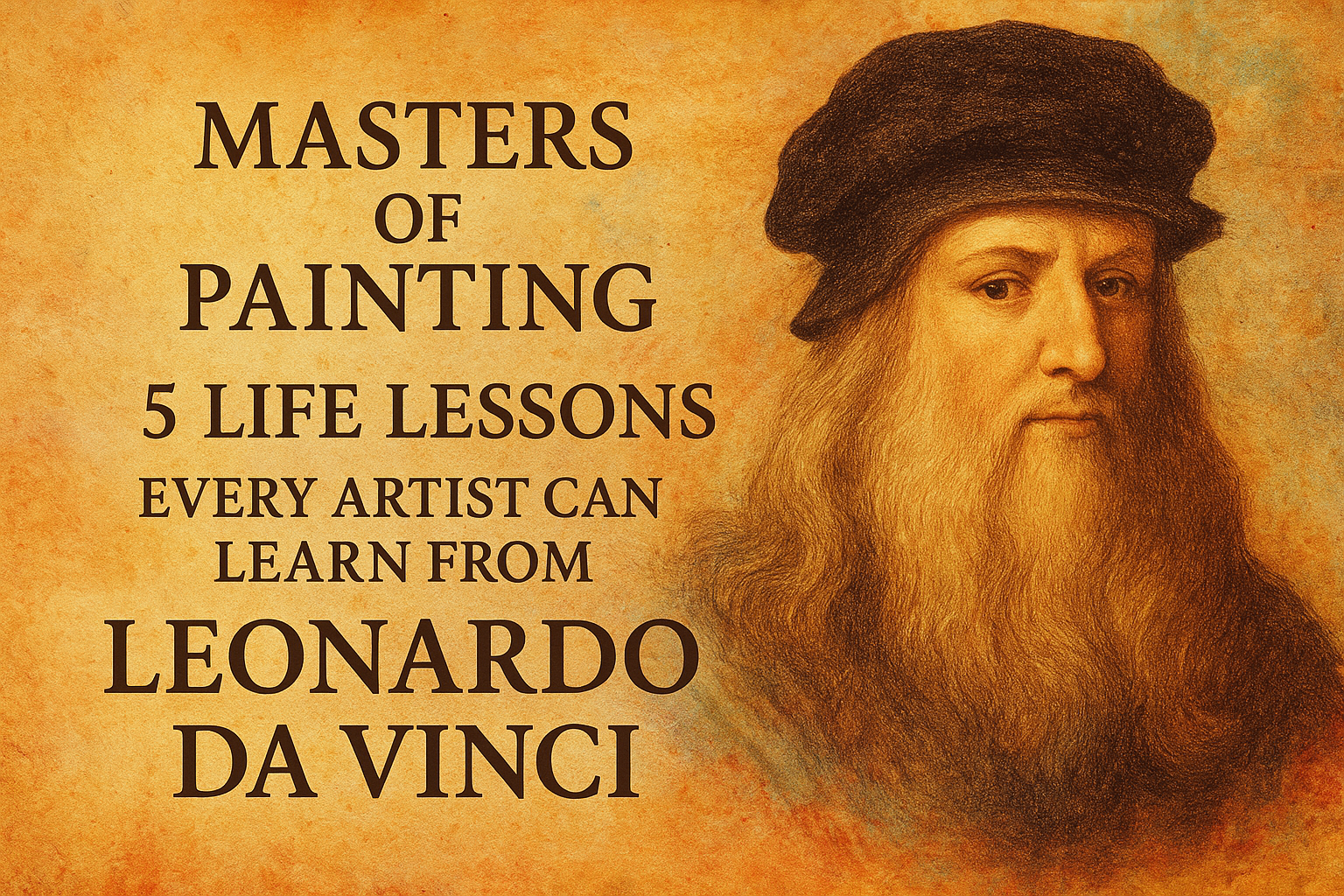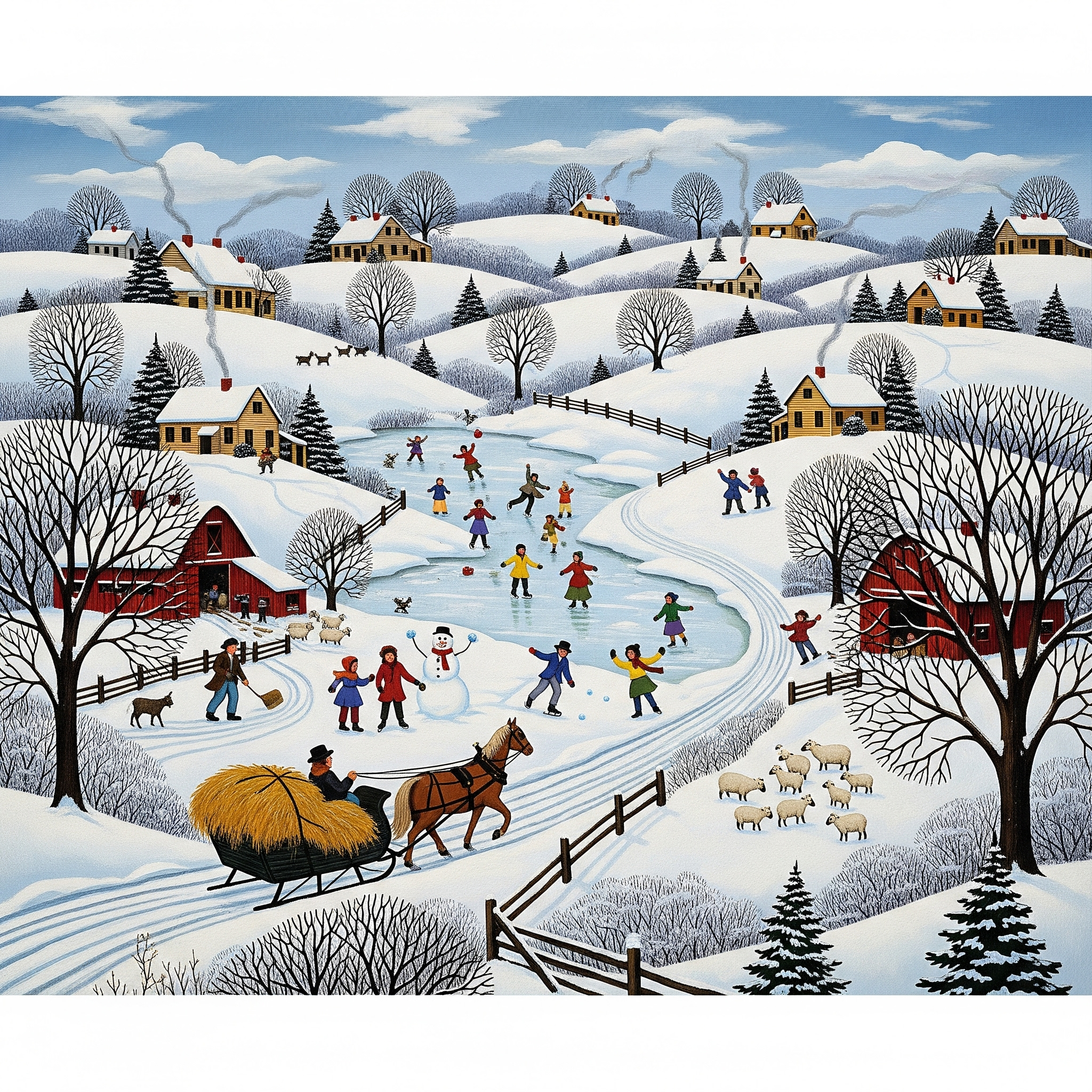
New to acrylic painting? Here’s a complete checklist of essential supplies — from paints to palettes — plus tips to save money and make your first painting experience smooth and fun.
Starting your acrylic painting journey is exciting — but if you’ve ever stepped into an art supply store, you know how overwhelming it can feel. Rows of paints, brushes, canvases, and tools can leave you wondering, “What do I actually need to start?”
The truth is, you don’t need a truckload of supplies to begin. A few essentials are enough to get you going — and as your skills grow, you can add more tools and experiment with different techniques.
Here’s your beginner-friendly checklist of acrylic painting supplies, why they matter, and budget-friendly tips to get started.
1. Acrylic Paints
Your first and most important supply is, of course, acrylic paint.
Acrylics come in different packaging — tubes, jars, or bottles — and in endless colors.
Beginner Tip:
Start with the three primary colors (red, blue, yellow), plus white and black. From these, you can mix almost any shade. If you prefer convenience, you can buy a starter set with pre-mixed colors.
Types of Finish:
- Matte: No shine
- Satin: Soft, slight sheen
- Gloss: Moderate shine
- High Gloss: Maximum shine
- Metallic: Shimmery, reflective look
Always read the label — acrylic paints can look like oil or watercolor packaging, but they’re not interchangeable
2. Palette
A palette is where you mix your paint colors. You can choose:
- Plastic palettes for keeping colors separate
- Flat palettes for easy blending
- Stay-wet palettes with a lid to keep paint from drying out
Budget-Friendly Alternatives:
- Old ice cube trays
- Paper plates
- Plastic plates you no longer use
- Scrap cardboard covered in plastic wrap
Pro Tip: Store your palette inside a zip-lock bag to keep paint workable between sessions.
3. Water Cup or Jar
You’ll need a sturdy cup or jar to rinse your brushes between colors. Old glass jars or plastic cups work perfectly — just make sure they won’t tip over easily.
4. Paintbrushes
Paintbrushes come in many shapes and sizes, each designed for different strokes and textures. Start with a few basics:
- Round brush: For details and lines
- Flat brush: For bold strokes and filling large areas
- Filbert brush: For blending and softer edges
- Fan Brush (for textures like grass, trees, or clouds)
You can also use palette knives for applying thick textures or mixing colors — especially useful in impasto and acrylic pouring techniques.
5. Towels or Paper Towels
Keep old cloths or paper towels nearby to dry your brushes after rinsing. A light-colored cloth makes it easier to see if any paint remains on the bristles. This helps preserve color vibrancy and prevents too much water from dripping onto your canvas
6. Painting Surface
The surface you paint on matters!
- Canvas boards are affordable and perfect for beginners.
- Stretched canvas feels professional but can be pricier.
- Acrylic paper is great for practice sessions.
7. Easel
An easel helps hold your canvas at eye level and improves accuracy in painting. You can choose:
- Tabletop easels for small spaces
- Tripod easels for larger works
- Portable easels for outdoor painting
Some easels have drawers or shelves for storing brushes and paints
8. Apron
Protect your clothes from paint splatters with an apron — bonus points if it has pockets for brushes and tools.
9. Drop Cloth or Floor Protection
If you’re painting indoors, place a drop cloth or old sheet under your work area to protect the floor. Even the neatest painter can have an accidental drip!
10. Optional Extras
As you grow in your practice, you may add:
- Acrylic mediums and gels for texture and effects
- Spray bottles to keep paint moist while working
- Masking tape for clean edges
- Sponges for special textures
Final Thoughts
You don’t need to buy every tool in the art store to begin acrylic painting. With just paints, brushes, a palette, and a canvas, you can create something beautiful.
Start simple, experiment with what you have, and let your toolkit grow naturally as your creativity expands. The most important thing? Start painting.



